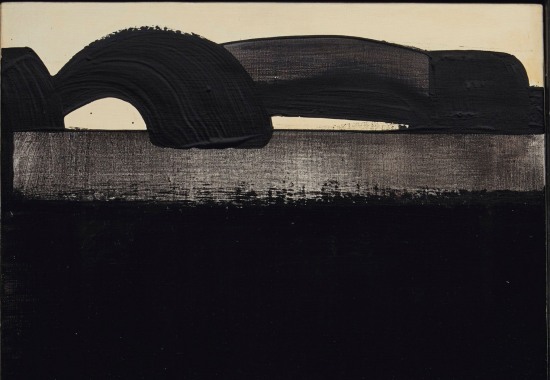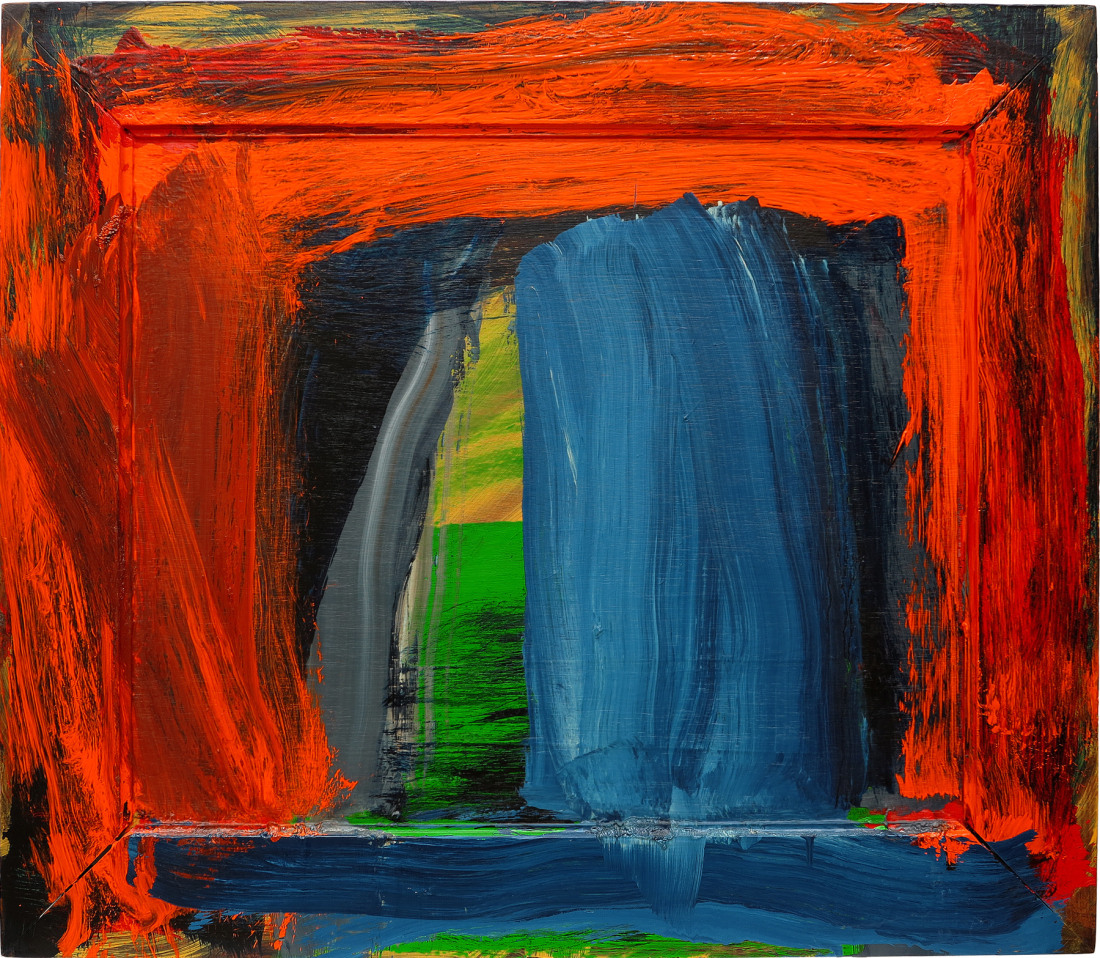
(1932 - 2017)
Howard Hodgkin trained at Camberwell from 1949-50 and at Bath Academy of Art from 1950-4. The autobiographical element in his work refers to personal friendships, past conversations and private moments. Hodgkin said that he paints "representational pictures of emotional situations," and considers himself to be a realist painter rather than an abstractionist or colorist. Hodgkin uses the tenets of Abstract Expressionism to convey the fleeting impressions of everyday life based on his memories, but he chooses to do so on an intimate scale—working consciously within the tradition of European easel painting.
Hodgkin embraces spontaneity and directness in equal measure to the processes of reflection; despite their small size and the energetic quality of the brushwork, he will sometimes labor for years over what looks like a single mark produced in an instant. Hodgkin's conception of 'realism' is predicated on the sketchy and fleeting impressions of everyday life. The quality of his brushwork becomes somewhat reminiscent of the Impressionists. When asked his opinion on works by Edgar Degas, Hodgkin professed: “I think [Degas’] picture is deliberately made to look like an unfinished painting. That has the most extraordinary sense of reality about it because of the fact that what you see has not been made into the sort of tight image of realism ... but has the kind of glancing, slightly dematerialised quality that one does actually see in reality.” For Hodgkin, the ability to depict reality, is not based on the how accurate or how exact the mimesis is in representation, he is more concerned with the way one experiences the emotion of memory in real life and how this translates onto the picture plane.

Howard Hodgkin
Navy Blue
27 x 31 inches
Oil on wood
2002-04